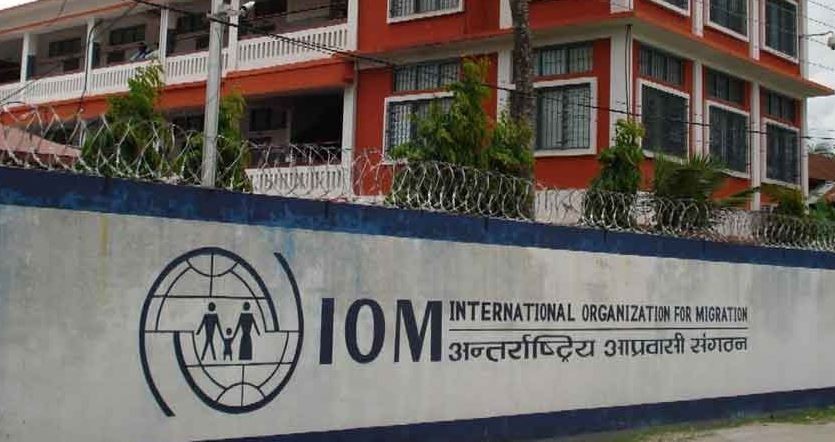By Akanimo Sampson
Nepal has launched a new Migration Profile that will help its workers to compete in global job markets. The Profile was supported by the International Organisation for Migration (IOM) Development Fund.
United Nations Resident Coordinator for Nepal, Valerie Julliand, speaking at the launch said “this Migration Profile was developed at the time when migration has been identified in the international agenda as an issue of importance that needs to be addressed in a comprehensive and planned way.”
“The Sustainable Development Goals (SDGs) recognise the growing impact of migration on development and the UN in Nepal sees it as a priority”, she added.
The Profile characterises Nepal’s migration situation as one of out-migration for employment. Some 500,000 young Nepalis leave the country every year for work and currently Nepalis are working in over 100 different countries around the world.
Their remittances represent over 25 per cent of Nepal’s GDP. Nearly 75 per cent are unskilled or low skilled and the Profile calls for more skills development for young people to enable them to find better employment opportunities both abroad and at home.
Other recommendations in the Profile include: establishing a national coordination mechanism to address all government, non-government and private sector migration-related issues; ensuring full implementation and monitoring of current laws designed to protect migrant workers; expanding bilateral agreements with additional countries of destination which specify minimum working conditions; and continuing to monitor the operation and impact of restrictions on women migrating to certain countries.
IOM Nepal Chief of Mission, Lorena Lando, highlighted the need for Nepali migration to be properly measured and understood, to ensure that positive impacts are harnessed and negative impacts are minimised.
“We stand ready to support the Government in its efforts to address this complex relationship between migration and sustainable development in more coherent and holistic manner”, she said.
Nepal’s Minister for Labour, Employment, Social Security, Rameshwar Ray Yadav, also welcomed the Profile. “It provides a comprehensive evidence-based account of the country’s migration experience in a single concise document to serve as a planning tool for policymakers and practitioners; and present available statistics on migration stocks and flows in a concise and internationally comparable way. I believe the recommendations and the information analysed will be helpful to manage migration and its overall impact on development”, he said.
The Profile is the result of several months of consultations and research led by an inter-Ministerial forum co-chaired by the Ministry of Labour, Employment and Social Security and IOM. The National Planning Commission and the Central Bureau of Statistics were also closely involved in the work of the forum.
IOM Migration Profiles provide an overview of trends, patterns, impact and governance of migration of a country. They offer a comprehensive evidence-based account of the country’s migration experience in a single concise document to serve as a planning tool for policymakers and practitioners; and present available statistics on migration stocks and flows in a concise and internationally comparable way.
Following the launch, which was attended by officials from government agencies, civil society, academia, UN, development partners, and media, IOM organised a high-level dialogue on migration governance and sustainable development.
Participants included representatives from Nepal’s National Planning Commission, the Central Bank, leading civil society organisations working in the field of migrant protection, together with IOM officials.

